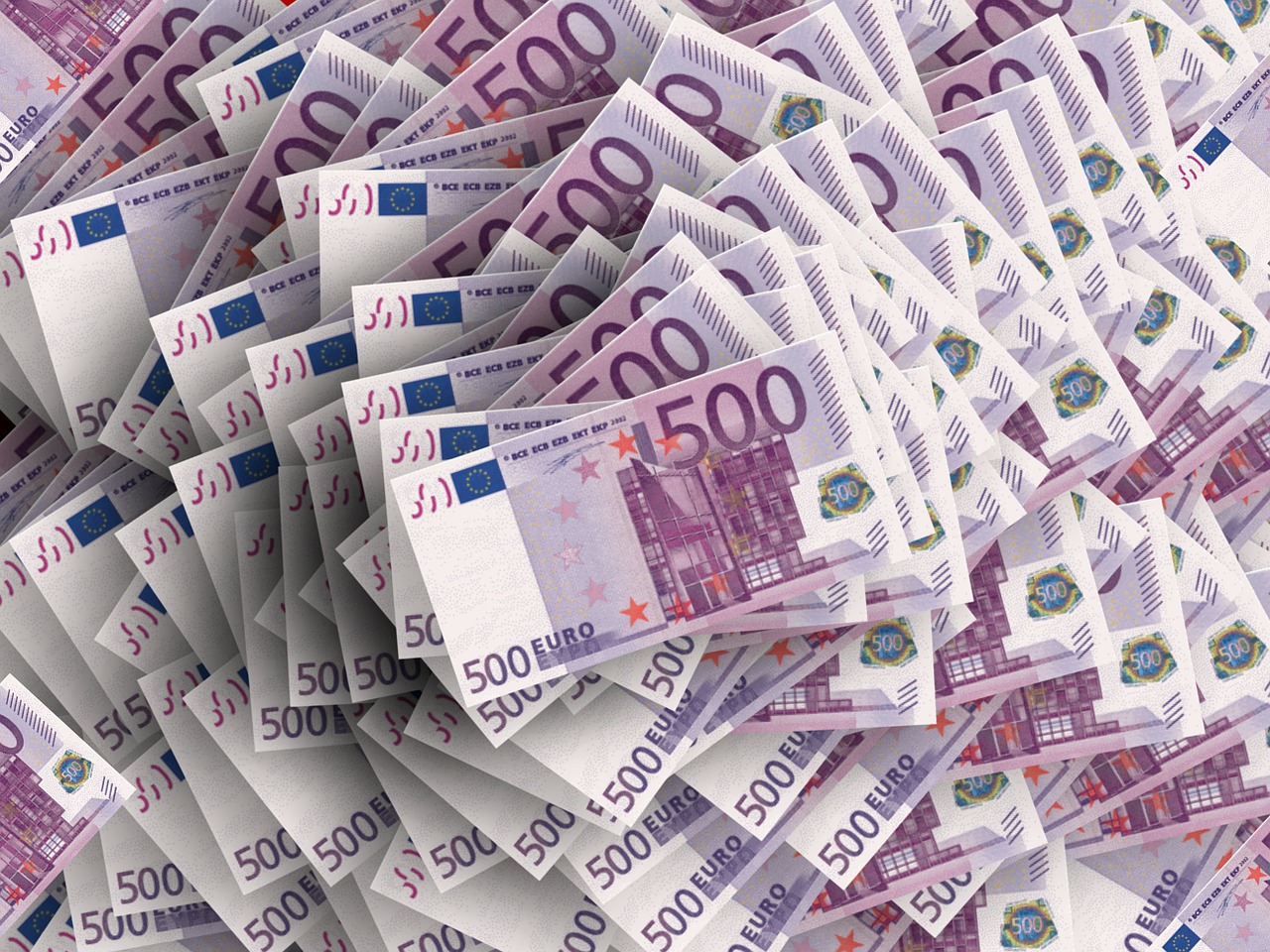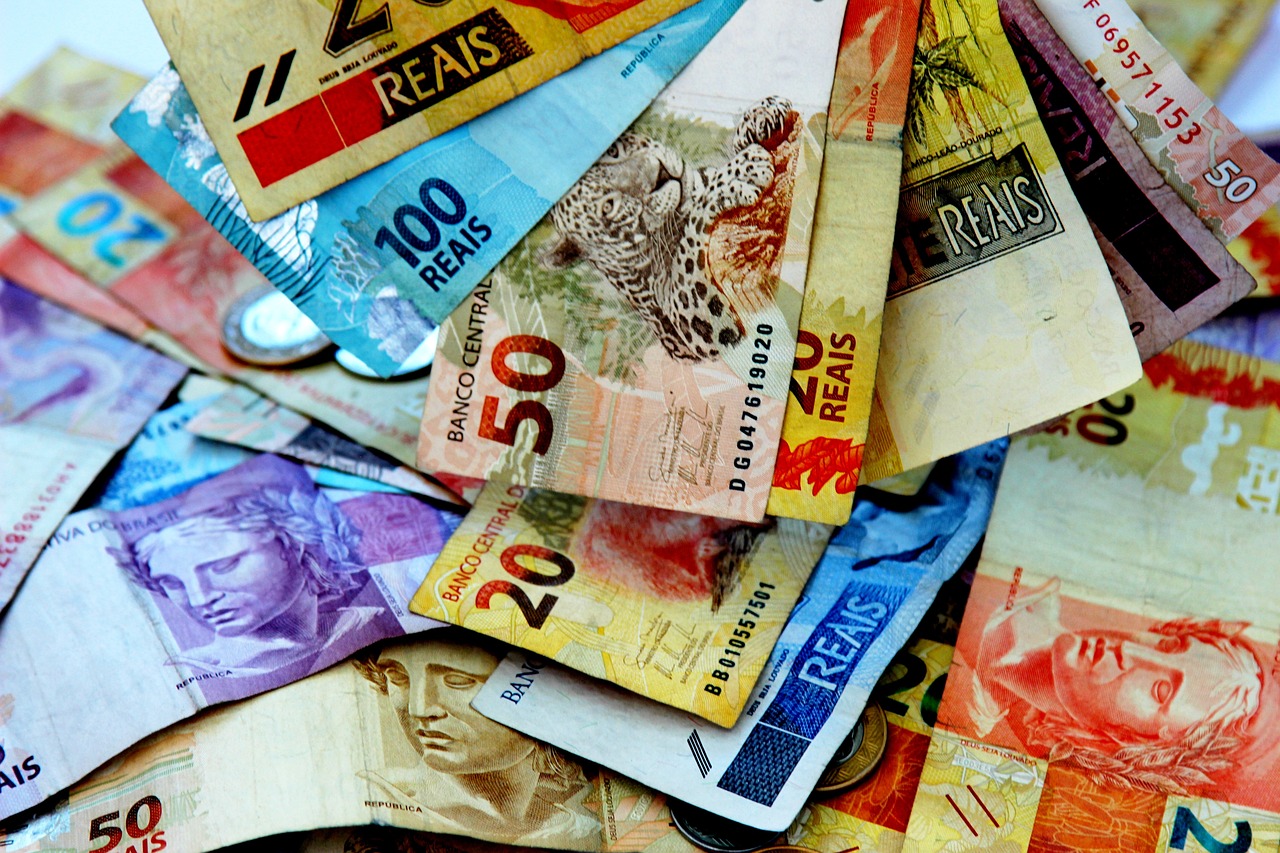Discover the Ins and Outs of IBAN Bank Numbers: Your Guide to Finding, Understanding, and Using Them for International Transactions
GPT_Global - 2024-01-17 06:30:01.0 643
How do I find my IBAN bank number?
IBAN, or International Bank Account Number, is a unique combination of numbers and letters that identifies a bank account in the international banking system. It is used for remittance business, which refers to the transfer of funds from one country to another. If you need to send or receive money internationally, you will need to provide your IBAN bank number to ensure that the transaction goes through smoothly.
To find your IBAN bank number, the first step is to check with your bank. Most banks have the IBAN number displayed on their website or online banking platform. You can also visit your local branch or call their customer service hotline to inquire about your IBAN number. It is important to note that IBAN numbers may differ depending on the country and the financial institution, so make sure to obtain the correct one for your specific bank account.
If you have a checkbook, you can also find your IBAN number printed on one of your checks. It is usually located at the bottom of the check along with your account number and other bank details. Some banks also include the IBAN number on monthly bank statements or account summary documents.
If you are still having trouble finding your IBAN bank number, you can use online IBAN generators. These tools allow you to input your bank details and generate your IBAN number instantly. However, it is important to double-check the accuracy of the generated number with your bank to avoid any issues with your international transactions.
In conclusion, finding your IBAN bank number for remittance business is crucial for smooth and secure international transactions. Make sure to check with your bank and gather all the necessary information to ensure a successful transfer of funds. With the help of technology and your bank's assistance, obtaining your IBAN number should be a quick and hassle-free process.

Can a bank have multiple IBAN numbers?
When it comes to sending or receiving money internationally, many people are familiar with the term "IBAN number." This unique code is used to identify a specific bank account for international transactions. However, some may wonder if a bank can have multiple IBAN numbers. The short answer is yes, a bank can have multiple IBAN numbers.
First, it's important to understand that an International Bank Account Number (IBAN) is not the same as a bank account number. It is a combination of letters and numbers that provide information about the country, bank, and specific account. Each bank has its own IBAN format, and the length can vary depending on the country.
So why would a bank have multiple IBAN numbers? One reason is that a bank may have branches or subsidiaries in different countries. In this case, each branch or subsidiary may have its own IBAN number to process international transactions. This allows for easier tracking and identification of accounts within the bank's network.
Additionally, banks may offer different types of accounts, such as personal, business, or foreign currency accounts. Each of these accounts may have a different IBAN number to differentiate them from one another. This is especially helpful for large banks with a diverse customer base.
It's also worth noting that some banks may issue more than one IBAN number to the same account holder. This can happen if the account holder conducts transactions in multiple currencies. In this case, each currency may have its own IBAN number, making it easier to process and track international payments.
In conclusion, a bank can have multiple IBAN numbers for various reasons, such as having branches in different countries, offering different types of accounts, and conducting transactions in various currencies. If you need to send or receive money internationally, be sure to use the correct IBAN number provided by your bank to ensure a smooth and successful transaction.
Is the format of an IBAN bank number the same for all countries?
The International Bank Account Number (IBAN) is a standard format used for identifying bank accounts across international borders. This 34-character code includes the country code, check digits, and the domestic bank account number. However, the format of an IBAN bank number may vary for different countries.
For example, in the United Kingdom, the IBAN consists of 22 characters, with the first 2 representing the country code, followed by a 2-digit check digit, and the remaining 18 digits representing the domestic bank account number. On the other hand, in Germany, the IBAN is 22 characters long, with the country code being the first 4 digits, followed by the 2-digit check digit, and the remaining 16 digits for the account number.
This variation in the format of an IBAN bank number can be confusing for individuals or businesses involved in remittance transactions. However, it is important to note that all IBANs are universally recognized and accepted, making cross-border payments much easier and faster.
If you are seeking to send money abroad through a remittance service, make sure to provide the correct IBAN for the recipient's bank account. It is also advisable to double-check the IBAN's format beforehand, to avoid any delays or errors in the transaction.
Are IBAN bank numbers required for all international transactions?
When it comes to international transactions, IBAN bank numbers are not always required. However, in most cases, having an IBAN number can make the process smoother and more efficient.
IBAN stands for International Bank Account Number, and it is a standardized code used to identify bank accounts globally. It consists of up to 34 characters and includes a country code, check digits, and the individual bank account number.
If the sender and receiver both have IBANs, using them can significantly speed up the transaction process. This is because the IBAN contains all the necessary information about the bank and account, making it easier for banks to verify and process the transaction.
Not all countries use IBANs, but they are becoming increasingly common for European and Middle Eastern countries. For example, the United Kingdom, Germany, Spain, and France all require IBANs for incoming and outgoing international payments.
In some cases, banks may charge a fee for processing international transactions without an IBAN. Therefore, it is best to check with your bank and the recipient's bank to see if an IBAN is required and if any additional fees will be applied.
In conclusion, while IBAN bank numbers are not always required for international transactions, having one can simplify the process and potentially save you money on fees. It is worth checking with your bank and the recipient's bank to see if using an IBAN is necessary for your specific transaction. As international remittance continues to grow in popularity, having an IBAN number may become more essential in the future.
How many digits are in an IBAN bank number?
The International Bank Account Number (IBAN) is a unique identifier for bank accounts across the world. It is used to facilitate international money transfers and is required by banks in many countries. One common question that arises when dealing with IBANs is how many digits are in an IBAN bank number?
The answer can vary depending on the country, but most IBAN bank numbers are between 15 and 34 digits long. This may seem like a lot, but each digit serves a specific purpose in identifying the bank and account. The first two digits of the IBAN represent the country code, followed by two check digits to verify the accuracy of the number. Next, there is a four-digit bank code, which identifies the specific bank within the country. Lastly, the remaining digits represent the individual account number.
For example, if you were sending money to a bank account in Germany, the IBAN would be 22 digits long. The first two digits would be the country code "DE," followed by two check digits. The next four digits would be the bank code, such as "5001" for Deutsche Bank. The remaining digits would be the account number for the specific recipient.
Knowing how many digits are in an IBAN bank number is important when making international money transfers. If you enter the wrong number of digits or make a mistake in any of the digits, the transfer may be rejected or delayed. It's always a good idea to double-check the IBAN before initiating a transfer, especially if you're not familiar with the country's format.
In conclusion, most IBAN bank numbers have between 15 and 34 digits. Each digit serves a specific purpose in identifying the origin and destination of the funds. As technology continues to advance, it's possible that the number of digits in an IBAN may change in the future. But for now, it's important to understand the standard length and format of IBANs when conducting international remittance transactions.
About Panda Remit
Panda Remit is committed to providing global users with more convenient, safe, reliable, and affordable online cross-border remittance services。
International remittance services from more than 30 countries/regions around the world are now available: including Japan, Hong Kong, Europe, the United States, Australia, and other markets, and are recognized and trusted by millions of users around the world.
Visit Panda Remit Official Website or Download PandaRemit App, to learn more about remittance info.



